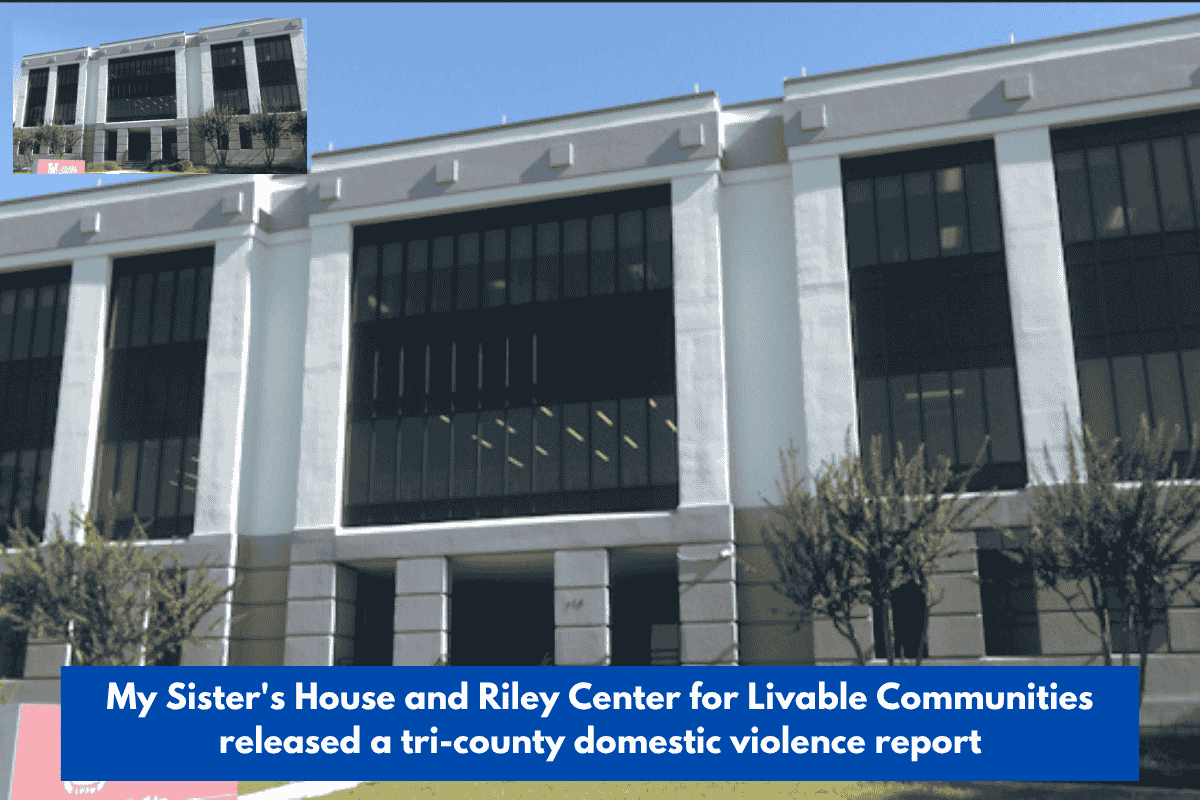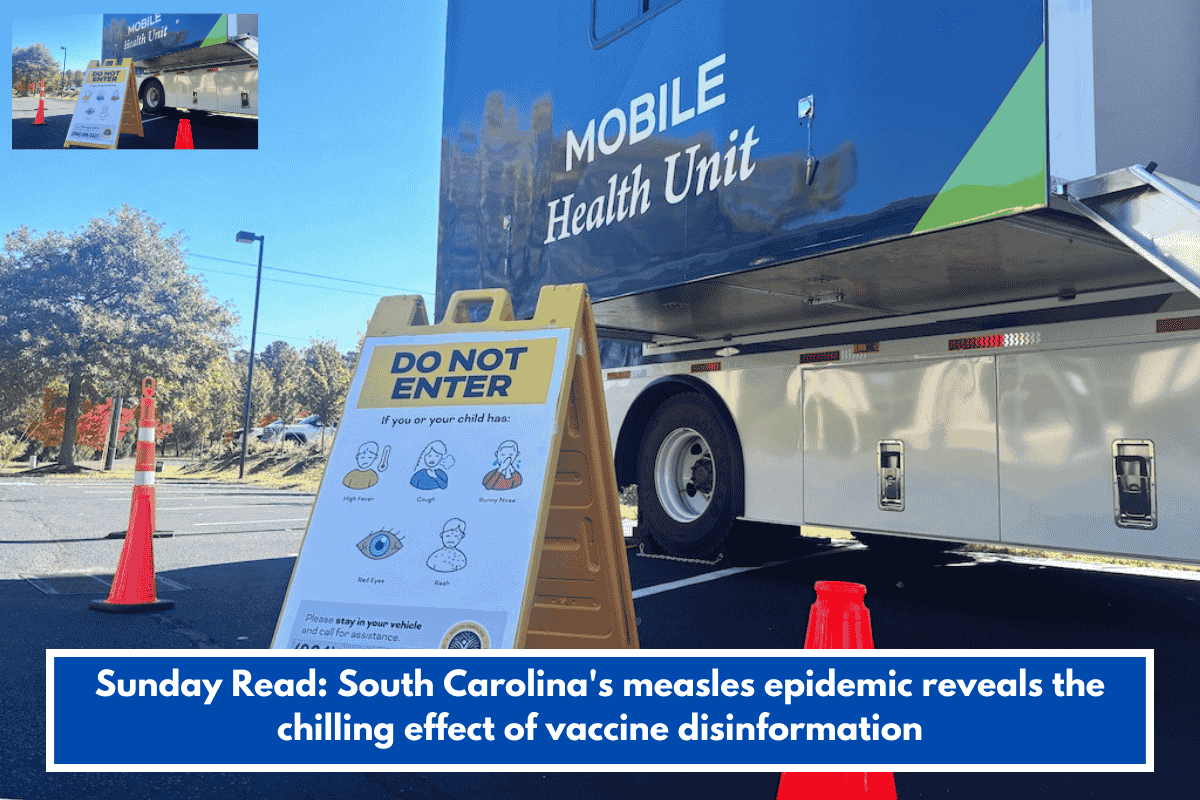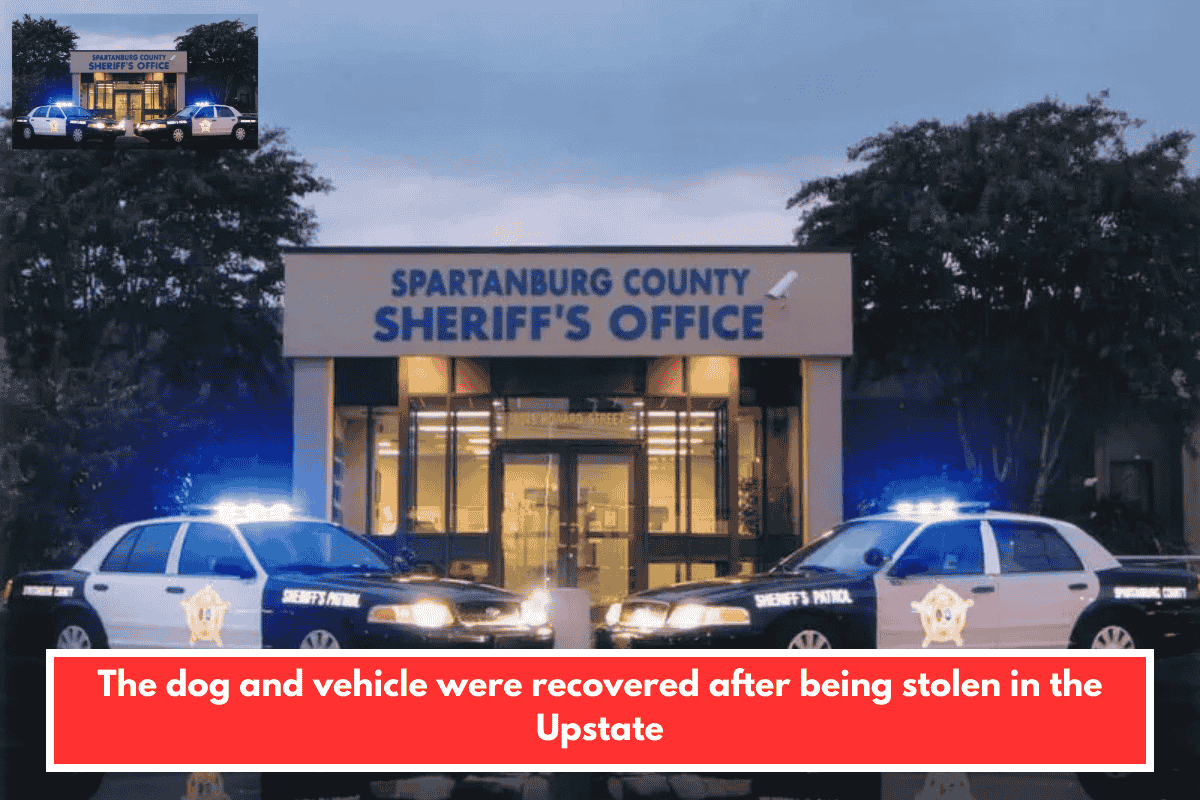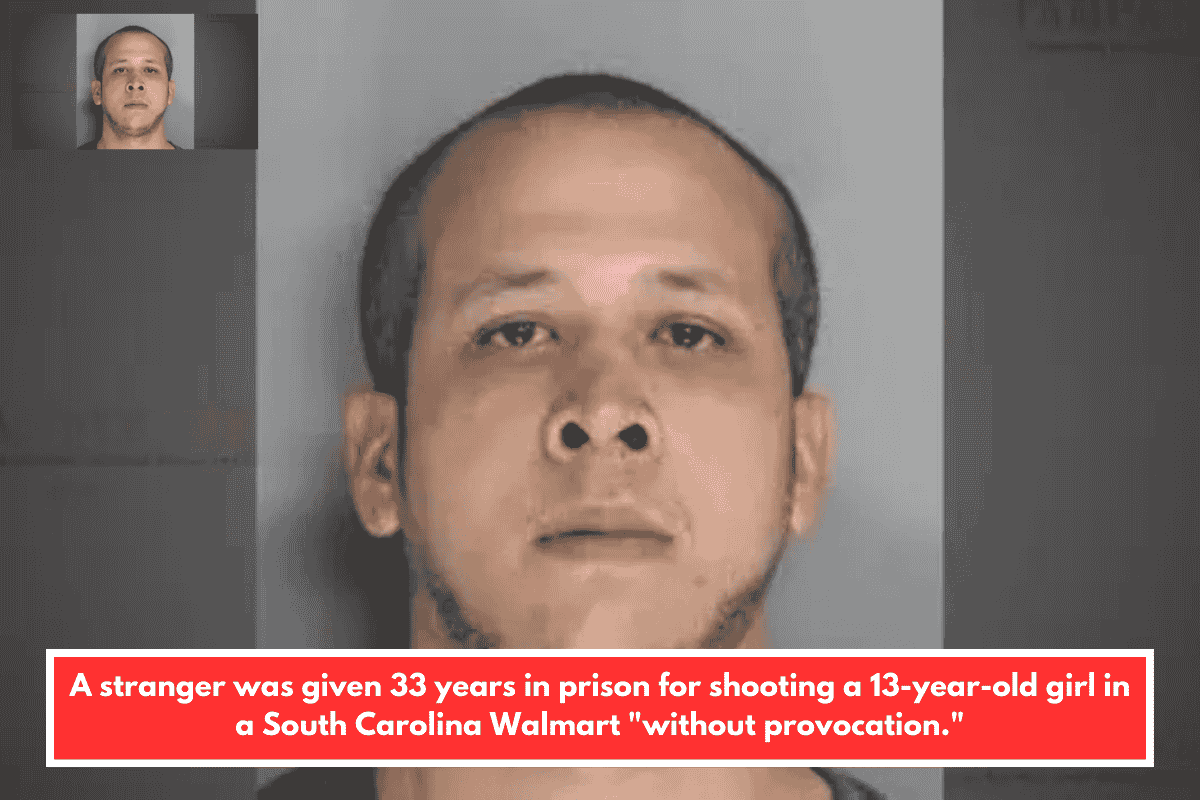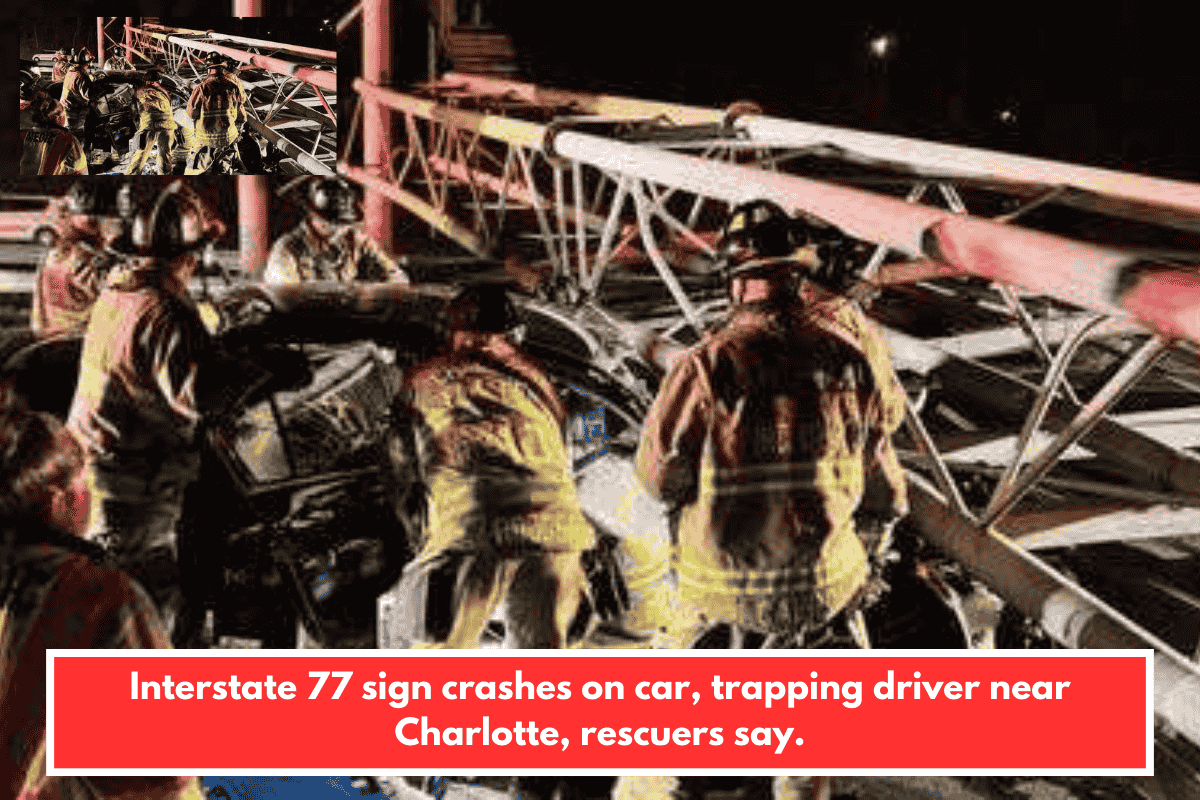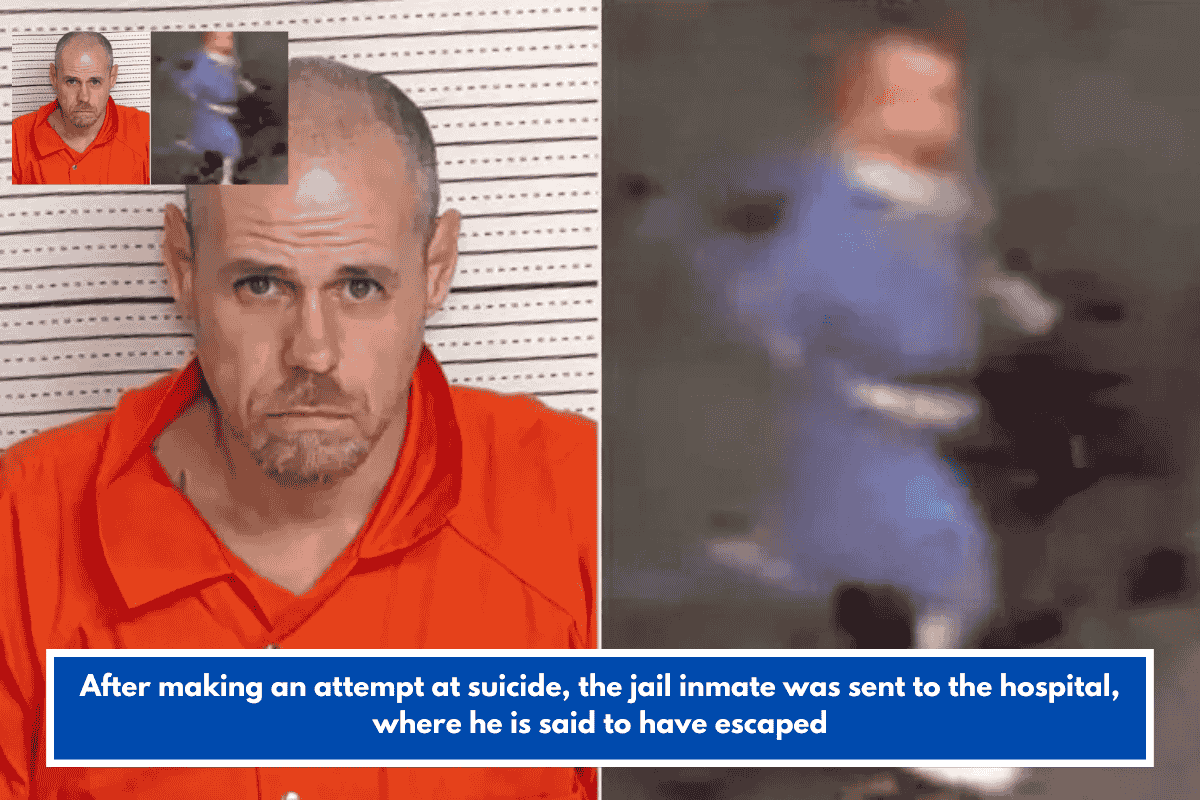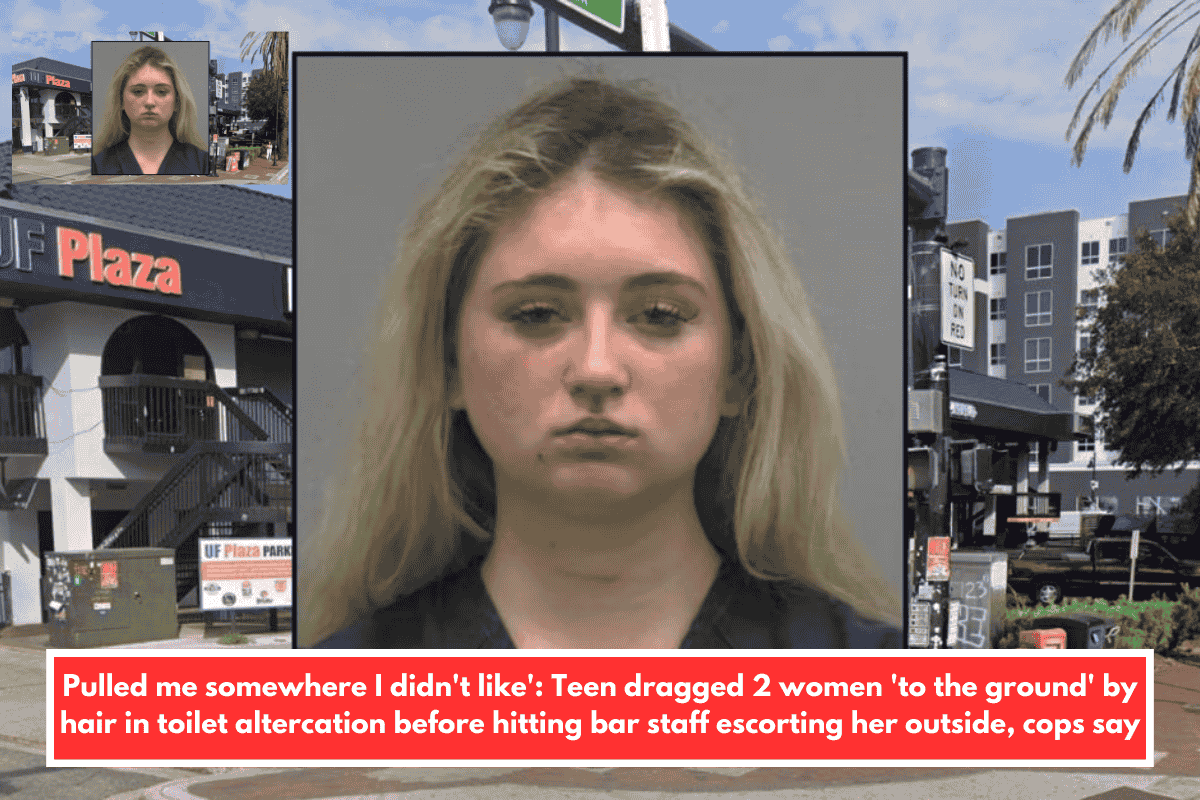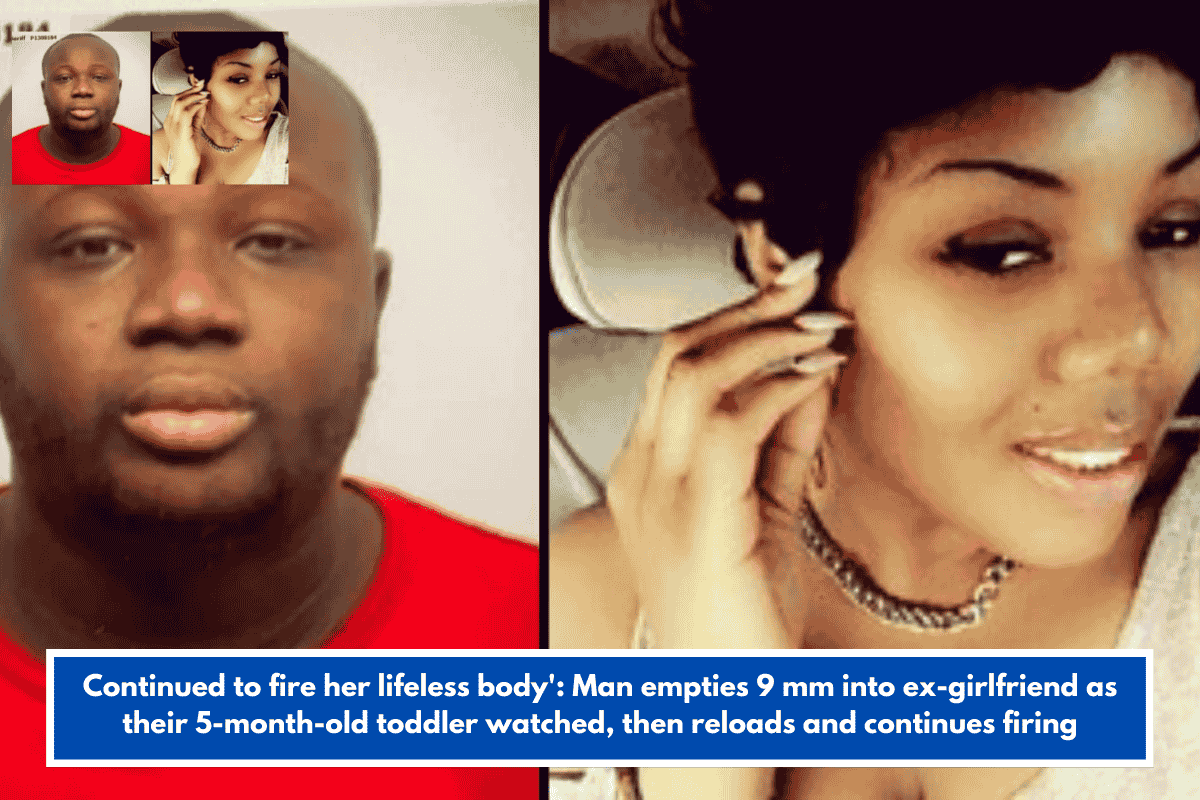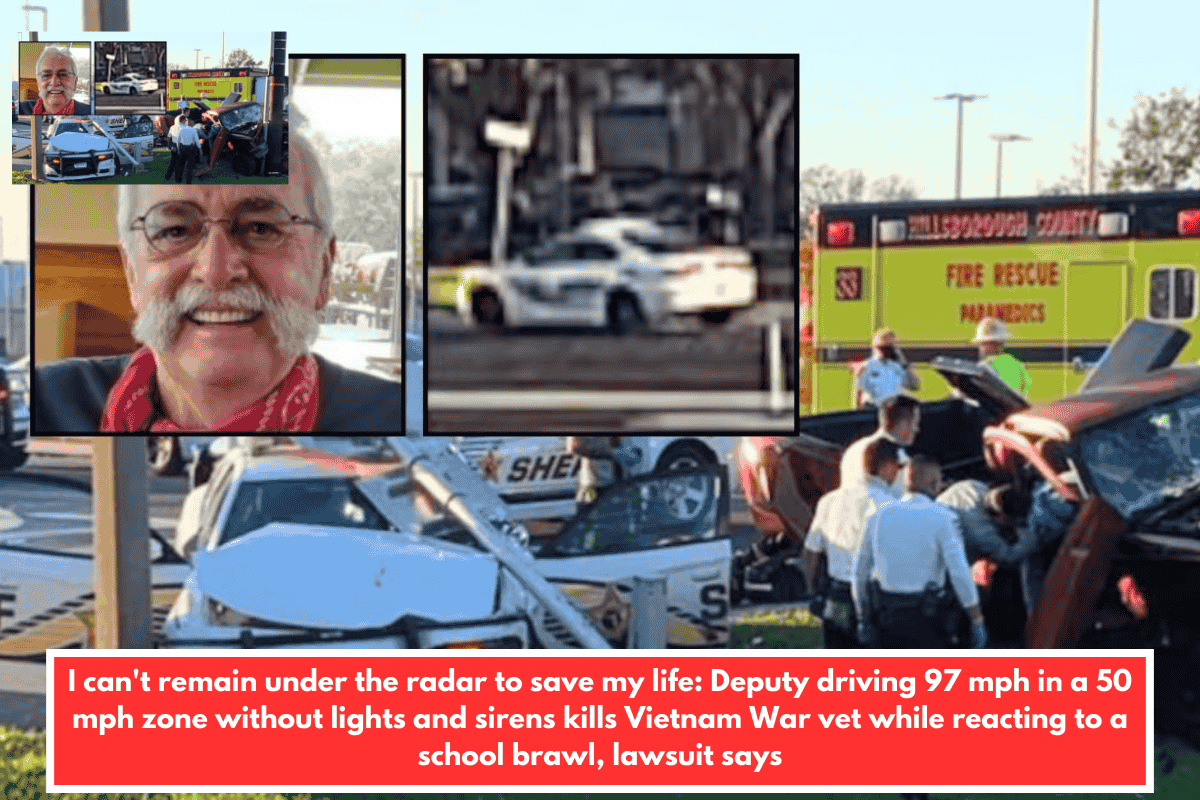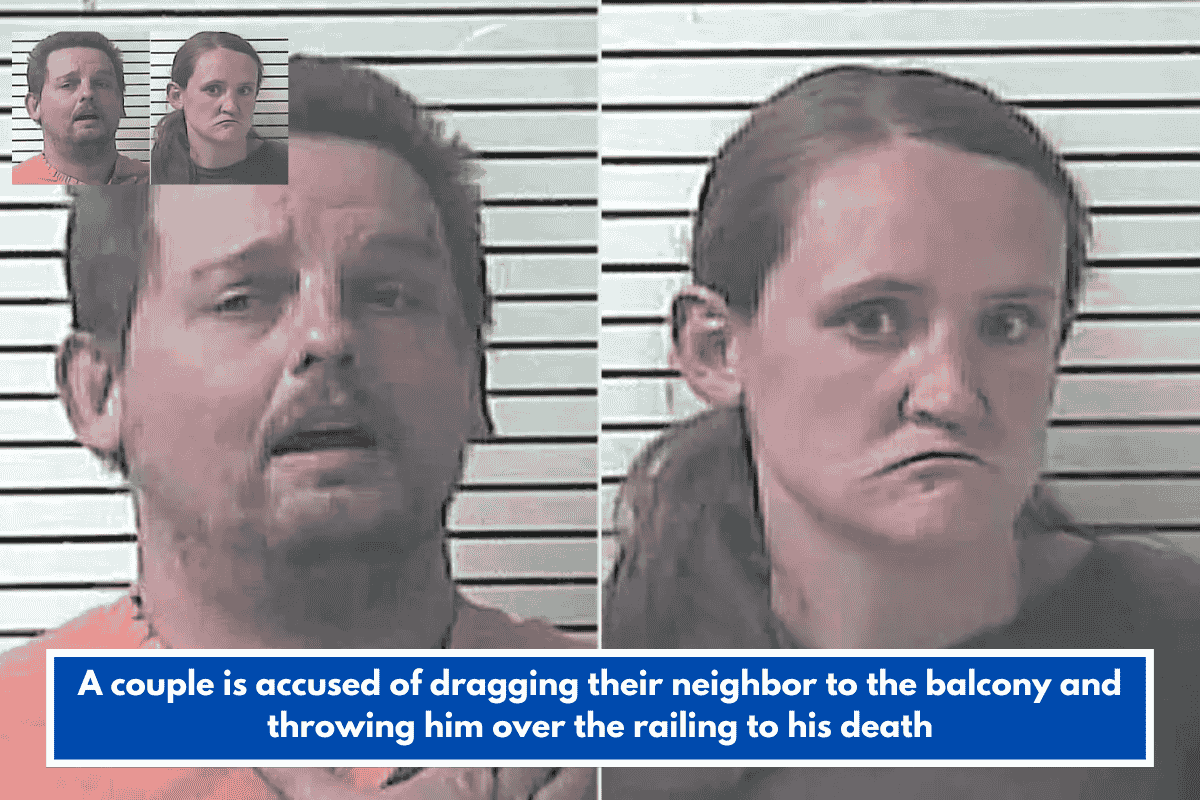Charleston County, South Carolina – Domestic Violence Awareness Month is in October, and a new local analysis looks at its impact in the Lowcountry.
My Sister’s House commissioned a poll with the College of Charleston’s Joseph P. Riley Jr. Center for Livable Communities to assess people’s awareness and understanding of domestic violence. Over 500 respondents from various demographics were given one month to complete the 15-minute questionnaire. According to the new data, 51% of people surveyed in the tri-county area believe domestic violence is a common problem.
“There is just a severe void and lack of data in the community,” Tosha Connors, CEO of My Sister’s House, stated. “We want to be in the forefront. We want to be able to supply the community with current resources.
Each respondent was asked about their awareness, personal experience, and knowledge of accessible resources for domestic abuse. The groups stated that there were several takeaways.
“One is that we see a wide swath of our community having experiences with behaviors that are frequently associated with domestic violence, and those experiences cross demographics,” Dr. Shelby Shumard, research director at the Riley Center for Livable Communities, said. “We also see very large differences in understandings of what constitutes domestic violence, what types of behaviors should be associated with that term and that definition.”
Respondents had different definitions of domestic violence; nonetheless, the majority defined physical acts of abuse as domestic violence. Fewer participants agreed on behaviors such as stalking, harassing, or manipulating others. Advocates stressed the importance of identifying gaps in comprehension in order to avoid missing warning flags.
“I think it’s really important that we make sure that the definition of domestic violence is expanded outside of physical violence,” Connors told the audience.
According to the research, 75% of respondents feel local and state leaders have a responsibility to assist victims and educate the public about domestic violence. According to Connors, this poll is likely to assist groups such as My Sister’s House in obtaining greater financing and legislative support while also lowering community shame and stigma.
“To be honest, I don’t believe that we or any non-profit in our area have enough resources to respond to all of the circumstances that emerge. That is why the data is so crucial. We want individuals to be able to advocate for My Sister’s House and for victims of domestic violence. It’s critical that we have people who understand the value of being fully funded so that we can say yes to everyone who contacts us in need,” Connors added.

